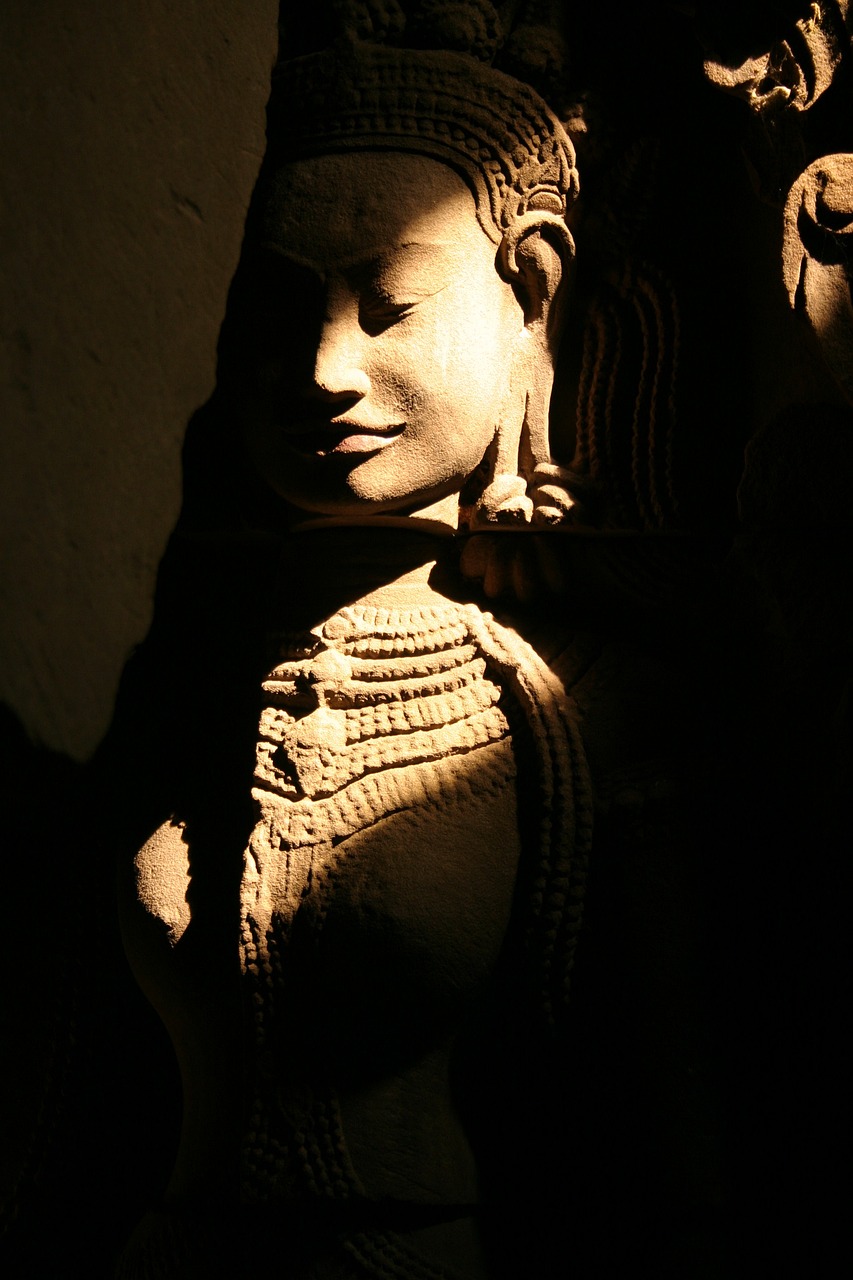The Divine Guardian of Thebes: Meretseger
Meretseger stands as the revered protector of the Valleys of the Kings and Queens in western Thebes, residing atop a desert mountain shaped like a pyramid, a location infested with serpents and a crucial entry point to the Egyptian underworld. Her name, meaning ‘she who loves silence,’ aptly reflects her role as a goddess of solitude and protection for the dead. The Theban hills were favored for royal burials due to their seclusion and proximity to the afterlife, yet the oppressive heat and the presence of snakes and scorpions posed a serious risk to the deceased and the artisans tasked with crafting their tombs. Since traditional remedies were ineffective against bites and stings, divine aid became essential, making Meretseger a widely venerated deity to whom prayers and offerings were directed for safeguarding against these dangers.
The Mountain of Protection
Known as the Peak of the West, Meretseger is linked to the prominent hill, el Qurn, “The Horn,” on Luxor’s West Bank. This natural summit, with its pyramid-like appearance, overlooks the Valley of the Kings and was believed to guard the entrance to the Duat, the Egyptian underworld characterized by stunning yet perilous realms densely populated with treacherous snakes. Given this dangerous environment, it is no wonder that worship of Meretseger flourished among those seeking protection.
Iconographically, Meretseger is frequently depicted as a coiled cobra, a snake-headed female, or as a woman with a cobra’s head, and occasionally as a scorpion with a female form. These creatures were emblematic of the harsh landscape they inhabited and stood as fitting representations for a goddess associated with peril. Artisans from Deir el-Medina, upon appeasing Meretseger, often felt emboldened to continue their work in the royal tombs, recognizing the protective powers attributed to her serpentine form.
Cult Practices and Votive Offerings
The local workforce in the Theban region largely worshiped Meretseger, and her cult is primarily documented during the New Kingdom, with records becoming sparse as the royal necropolis ceased to be a burial site. Her local devotion took shape in modest rock temples, such as one along the path to the Valley of the Queens, and in stelae where laborers etched their prayers and penitential appeals. Numerous small stelae illustrated supplicants kneeling to venerate the goddess in various forms, thanking her for their safety.
In one notable stela by Amennakht, Meretseger is represented alongside four cobras at its apex, symbolizing the significance of the Great Peak of the West. Amennakht himself can be seen in a kneeling posture, expressing gratitude within a chapel-like rectangle that likely signifies the rock shrine of Ptah and Meretseger.
A distinctive example is the Turin Stela of Nekhtamun, which features an unconventional portrayal of the peak. Egyptologist Gaston Maspero described it as resembling two hills converging at the top, framed by four coiled serpents. Nekhtamun’s celebratory inscription praises the goddess for her love and protective nature.
Dual Nature of Deity: Retribution and Mercy
Meretseger’s local significance mirrors that of major deities, potentially rivaling even Osiris in the minds of the locals. While she was known to punish grave robbers by blinding them or inflicting venomous retribution, her merciful aspect often prevailed when one repented, offering restoration and healing to those who sought her forgiveness.
Expressions of Remorse: Hymns and Stelae
The Stela of Neferabu stands out as a prime example of penitential tribute, preserved in the Turin Museum. In this offering, Neferabu admits to a transgression that led to his blindness and expresses his deep remorse, leading to the restoration of his sight and the construction of a stela in her honor. His confession reflects a broader pattern in the Ramesside Period, where expressions of contrition are prevalent, revealing a cultural understanding of divine forgiveness.
Additionally, another limestone stela showcases Amennakht kneeling before Meretseger, but unlike Neferabu’s account, it does not mention restoration of sight, focusing instead on the plea for mercy and representation of the divine power of the Peak.
The Decline of Meretseger
While her intimate ties with the Valley of the Kings affirmed her local importance, Meretseger’s recognition beyond Thebes was limited. As Thebes’s political power waned during the later Ramessid period due to economic strife, her worship experienced a decline. The socio-political landscapes shifted, leading to increased tomb robberies, prompting official scrutiny of royal tombs. With the eventual abandonment of Thebes as the Nile Valley’s capital and the necropolis’s disuse, the veneration of Meretseger dimmed, marking the end of a significant chapter for this goddess integral to the local mortuary culture.



